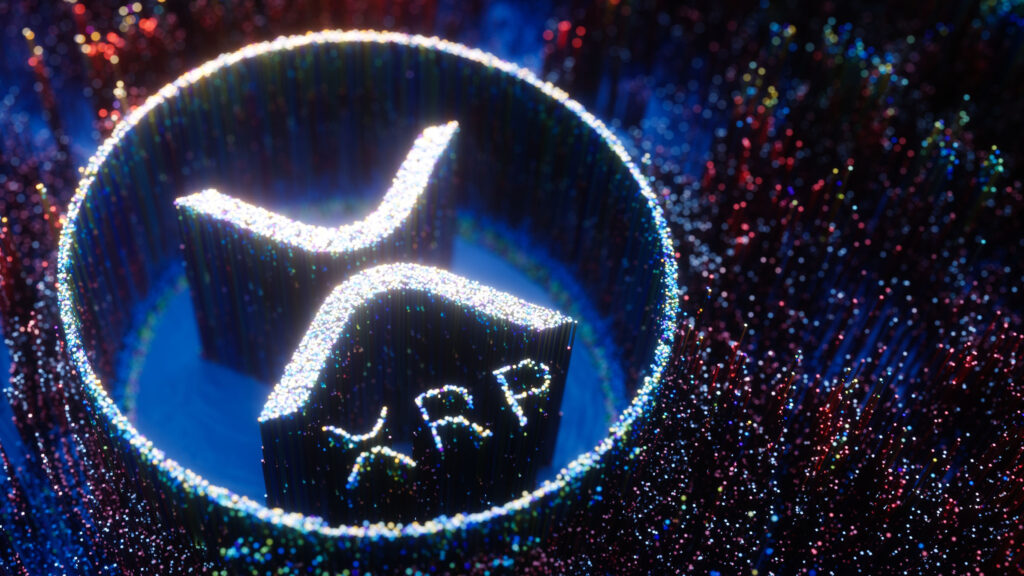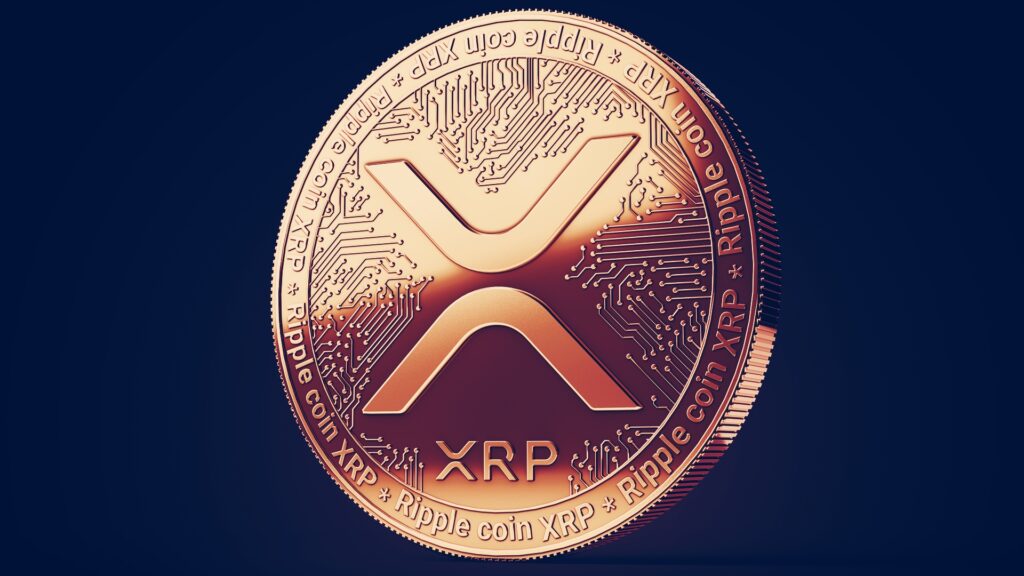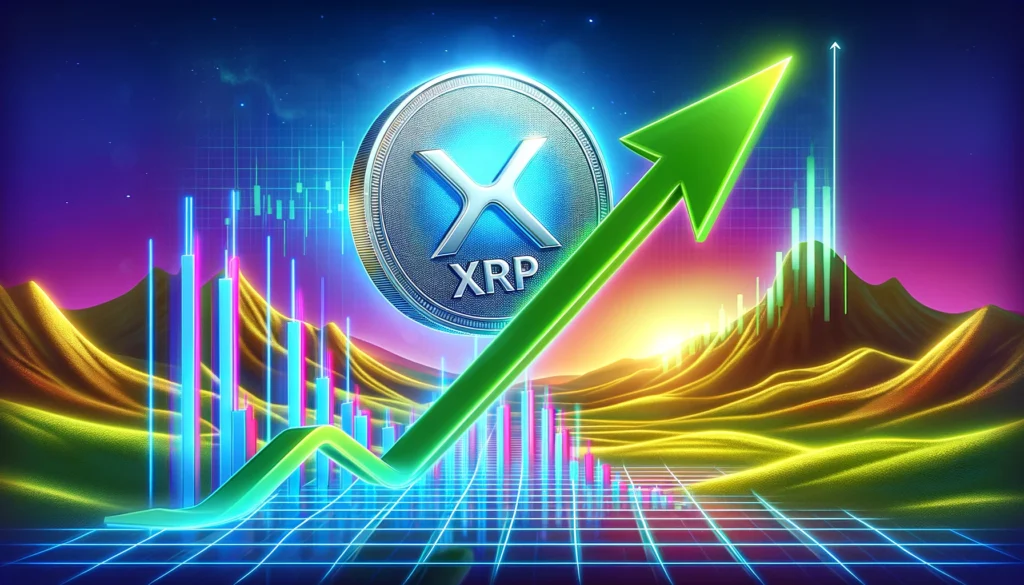Ripple is an open source, global settlement system, and payment protocol which aims to replace or supplement the traditional SWIFT messaging system while using the Ripple protocol consensus algorithm for the XRP, Ripple’s cryptocurrency. As a bridge currency that can enable seamless cross- border transactions, XRP is among the fastest and most scalable and cheapest. This cryptocurrency remains one of the most popular ones within the scale of capitalization and remains the focus of investors and developers along with the financial institutions around the globe.
This ultimate encyclopedia is devoted to the history of XRP, its application, benefits and drawbacks, and, of course, its mission to alter the world of finance.
Understanding XRP and Ripple
1. What Is XRP?
It is a form of digital asset aimed to work for and within the payments industry. Unlike a current type of utility token such as Bitcoin, is built to empower monetary transfers globally.
- Ticker Symbol: XRP
- Blockchain Network: RippleNet
- Primary Goal: To enable real-time, cost-effective, and efficient international payments.
2. What Is Ripple?
XRP and RippleNet are with the company called Ripple, yes, of course that we have, it is a cryptocurrency, but that we also have RippleNet, which is actually a network which includes banks, payment providers, digital asset exchanges and so on.
- David Schwartz is the CTO of Ripple, which other employees founded in 2012 to change the slow, ineffective traditional financial system using blockchain.
- It offers solutions such as ODL that uses XRP for real time settlement of payments.

The Unique Features of XRP
1. Speed
The transactions involving XRP are very fast and the settlement process takes just between 3 to 5 seconds. Therefore, it fits the financial institution or payment processor’s needs considering it is a software-oriented programming language.
2. Scalability
As for Blockchain throughput, Ledger is capable of processing up to 1,500 TPS compared to Bitcoin with 7 TPS and Ethereum at 20 TPS.
3. Low Transaction Costs
Hence, every payment conducted with is incredibly cheap, amounting by 0.00001 XRP, ideal for micro payments alongside large value transactions.
4. Energy Efficiency
XRP does not use mining which is used by Bitcoin and Ethereum cryptocurrencies. Its consensus protocol is energy efficient, and therefore it is an environment friendly digital currency.
5. Bridge Currency
This virtual currency is intended to be a bridge currency between fiat currencies and thereby solving the issues of purchasing foreign exchange and high liquidity costs.
The Technology Behind XRP
1. XRP Ledger
It should also be noted that such an XRPL known as Ledger is a public block chain enterprise that is open for use. It is a broad term for application of services like Smart Contracts, Decentralized applications (dApps) and Token Issuance uses.
- Consensus Algorithm: It should however be noted that the XRPL uses consensus called the Ripple Protocol Consensus Algorithm and not the Proof of Work or Proof of Stake.
- Built-In Decentralization: The XRPL has over 150 validators distributed globally, ensuring network reliability.
2. On-Request Liquidity (ODL)
ODL is the help given by Wave that empowers cross boundary installments utilizing the XRP token. ODL also helps banks and financial institutions to do away with having pre-funded account balances.
XRP Use Cases
1. Cross-Border Payments
XRP offers real time and low cost settlement options which traditional methods such as SWIFT are incapable of handling.
2. Banking and Financial services.
Currently, more than 300 banking firms like Santander and Standard Chartered use RippleNet and its token by integrating with Ripple.
3. Micropayments
Even with such fluctuations, the digital token has large value potential for utilization in the assets class; The use case is p2p micropayments and corresponding services such as gaming, content, and tips.
4. Decentralized Finance (DeFi)
Specific operations that can be performed in defi on XRPL subcategories are; lending, borrowing, and trading of Digital assets.
The History of XRP
1. Founding and Launch
Ripple was co-founded in 2012 by Chris Larsen and Jed McCaleb. XRP was launched shortly after as part of Ripple’s ecosystem.
- Total Supply: 100 billion XRP, pre-mined at launch.
- Distribution Model: Ripple Labs retains a portion of to fund development and partnerships.
2. Key Milestones
- 2014: Their first major banking deal was with Fidor Bank which now operates as Ripple’s strategic partner.
- 2017: During the bubble period, XRP was trading among the strongest with the prices reaching a peak of $3.84.
- 2020: The blockchain company had lots of legal issues with the U.S. concerned Securities and Exchange Commission.
Legal Issues/Obstacles and the Issues with the SEC Lawsuit
In December 2020, the SEC recorded a claim against Wave Labs, guaranteeing that XRP was an unregistered security.
1. Wave’s Safeguard
Ripple stated that XRP is a currency and not a security it has the ability to provide a means for the settlement of cross-border payment.
2. Market Impact

The lawsuit caused major exchanges like Coinbase to delist temporarily, impacting its market price.
3. Resolution and Implications
Partially, in the middle of July, THE PROSECUTION won the case when the court decided that is not a security when sold in secondary markets. This decision increased the confidence of the investors.
The XRP Community
1. Developer Ecosystem
The XRPL facilitates an active developer ecosystem for creating dApps and fostering further utility of beyond its original function.
2. Advocacy and Awareness
But there are really fans of the project who are willing to protect companies that participate in the network, as well as counteract negative reports about.
3. Educational Initiatives
Ripple supports blockchain research financially in some ways through programs such as the University Blockchain Research Initiative (UBRI), in partnership with universities across the globe.
XRP vs. Other Cryptocurrencies
1. XRP vs. Bitcoin
- Speed: XRP: 3-5 seconds, while the Bitcoin: 10 minutes.
- Energy Consumption: Obviously, makes use of much lesser energy.
- Use Case: XRP deals with payment on the other hand Bitcoin majorly is an asset or a store.
2. XRP vs. Ethereum
- Transaction Costs: At the same time, is cheaper than Ethereum for a long time to experience excessive gas fees.
- Consensus Mechanism: XRP now uses RPCA, while Ethereum has moved to Proof of Stake.
Future of XRP
1. Market Outlook
In the future, the rise of blockchain technology will help occupy a larger position in international transfers. Experts now expect that there are institutional affiliations and policy certainty to dictate the future direction of .
2. Regulatory Developments
The resolution of the SEC lawsuit sets a precedent for cryptocurrency regulation, potentially influencing XRP’s adoption.
3. Innovation on the XRPL
Ripple’s strategic direction of bolstering DeFi and particularly, NFT on the XRPL is a great trajectory for the community.
Investing in XRP
1. How to Buy XRP
- Exchanges: Some of the renowned exchanges that allow user’s access to are Binance, Kraken, and Bitstamp.
- Storage: XRP can be in hardware wallets, such as Ledger or in software wallets such as Xumm.
2. Risks and Rewards
- Volatility: Just like any other cryptocurrencies, XRP is also naturally susceptible to markets changes.
- Long-Term Potential: In this sense, readiness for usage in financial markets puts it for long-term improvement among other digital assets.
Manageability Endeavors
Swell holds back nothing affecting the climate since the organization needs to be carbon net-zero discharge by 2030. XRP design is energy efficient taking into consideration the current international drive towards combating climate change.

Conclusion
XRP is not new age money, it is the new age money and a technological change agent in the field of money transfer. XRP’s attributes of speed, scalability and low-cost nature, resolve real world issues which are ordinarily traced to the traditional financial systems. Of course, there is still a legal issue with but resilience and adaptability are the two characteristics of which guarantees it’s permanence regardless of the ever changing financial environment.
Amid the ongoing revolution in financial services, XRP occupies a unique position of this world that lies between now and the technologically defined ‘what’s next’.



